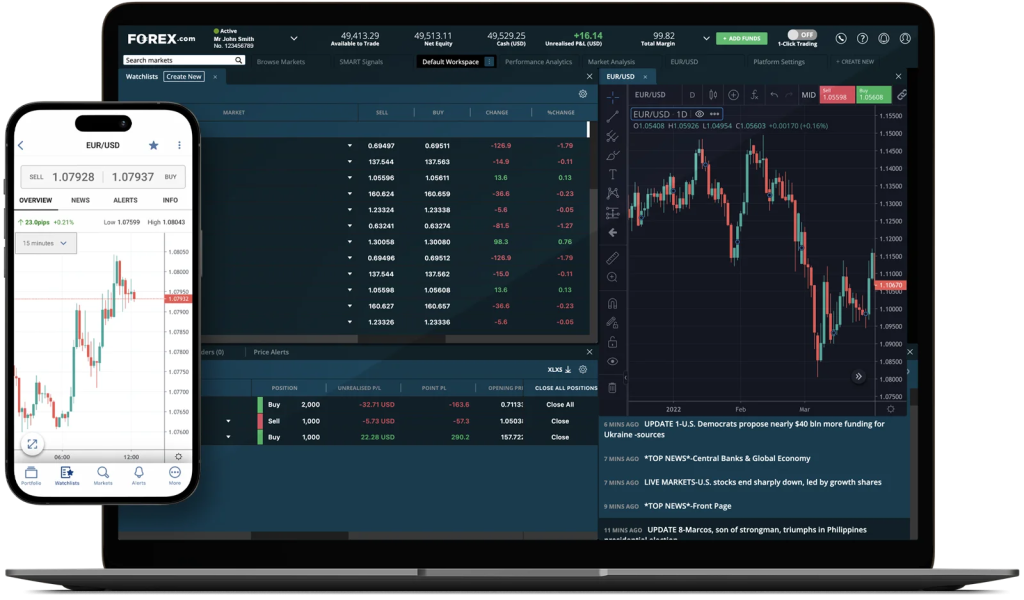Forex trading, also known as international exchange trading or currency trading, is the worldwide marketplace for buying and selling currencies. It operates twenty four hours per day, five days a week, allowing traders to participate available in the market from anywhere in the world. The primary goal of forex trading is to make money from changes in currency exchange rates by speculating on whether a currency couple may increase or drop in value. Individuals in the forex market contain banks, economic institutions, corporations, governments, and specific traders.
One of many key features of forex trading is their large liquidity, and thus big sizes of currency can be bought and distributed without considerably affecting exchange rates. That liquidity ensures that traders may enter and quit positions rapidly, allowing them to take advantage of actually small cost movements. Furthermore, the forex industry is very available, with minimal barriers to access, allowing people to begin trading with relatively little amounts of capital.
Forex trading provides a wide range of currency couples to deal, including key sets such as for example EUR/USD, GBP/USD, and USD/JPY, as well as slight and unique pairs. Each currency couple represents the change rate between two currencies, with the very first currency in the couple being the base currency and the second currency being the offer currency. Traders can profit from both climbing and falling markets by taking extended (buy) or small (sell) roles on currency pairs.
Successful forex trading needs a stable comprehension of simple and specialized analysis. Elementary examination requires assessing economic indicators, such as for example curiosity prices, inflation costs, and GDP growth, to gauge the underlying energy of a country’s economy and their currency. Complex analysis, on another hand, requires considering cost charts and designs to spot trends and possible trading opportunities.
Chance administration is also necessary in forex trading to protect against potential losses. Traders usually use stop-loss purchases to restrict their downside risk and employ correct position size to ensure not one industry can significantly affect their overall trading capital. Furthermore, maintaining a disciplined trading approach and managing feelings such as for instance greed and fear are important for long-term achievement in forex trading.
With the improvement of technology, forex trading has become more available than ever before. Online trading programs and portable apps offer traders with real-time usage of the forex market, permitting them to perform trades, analyze industry knowledge, and control their portfolios from any device. More over, the option of academic forex robot methods, including lessons, webinars, and trial accounts, empowers traders to produce their abilities and enhance their trading efficiency around time.

While forex trading offers substantial revenue possible, in addition, it bears inherent dangers, like the prospect of significant losses. Thus, it’s needed for traders to conduct thorough research, develop a sound trading strategy, and consistently check market problems to make informed trading decisions. By staying with disciplined risk administration practices and staying knowledgeable about international financial developments, traders can increase their likelihood of success in the dynamic and ever-evolving forex market.
